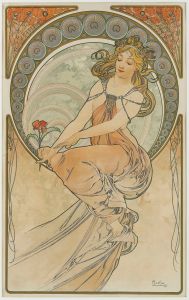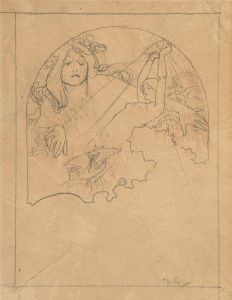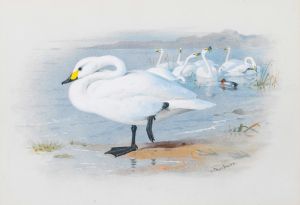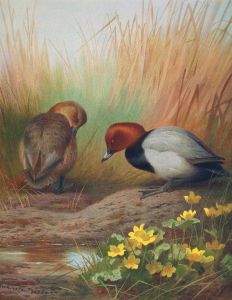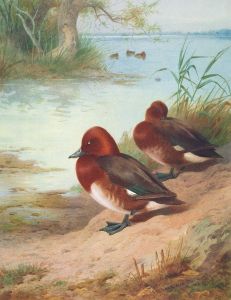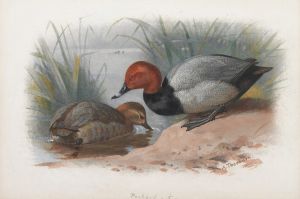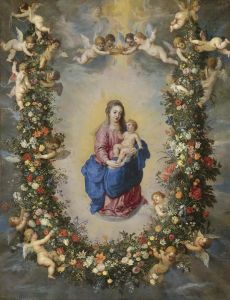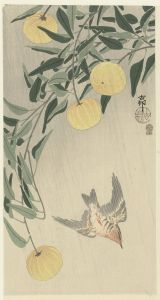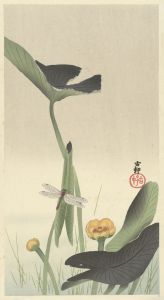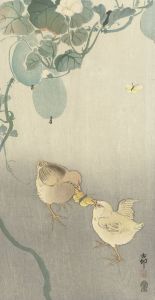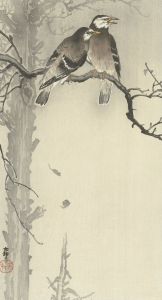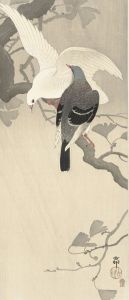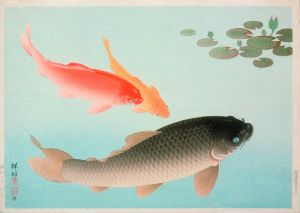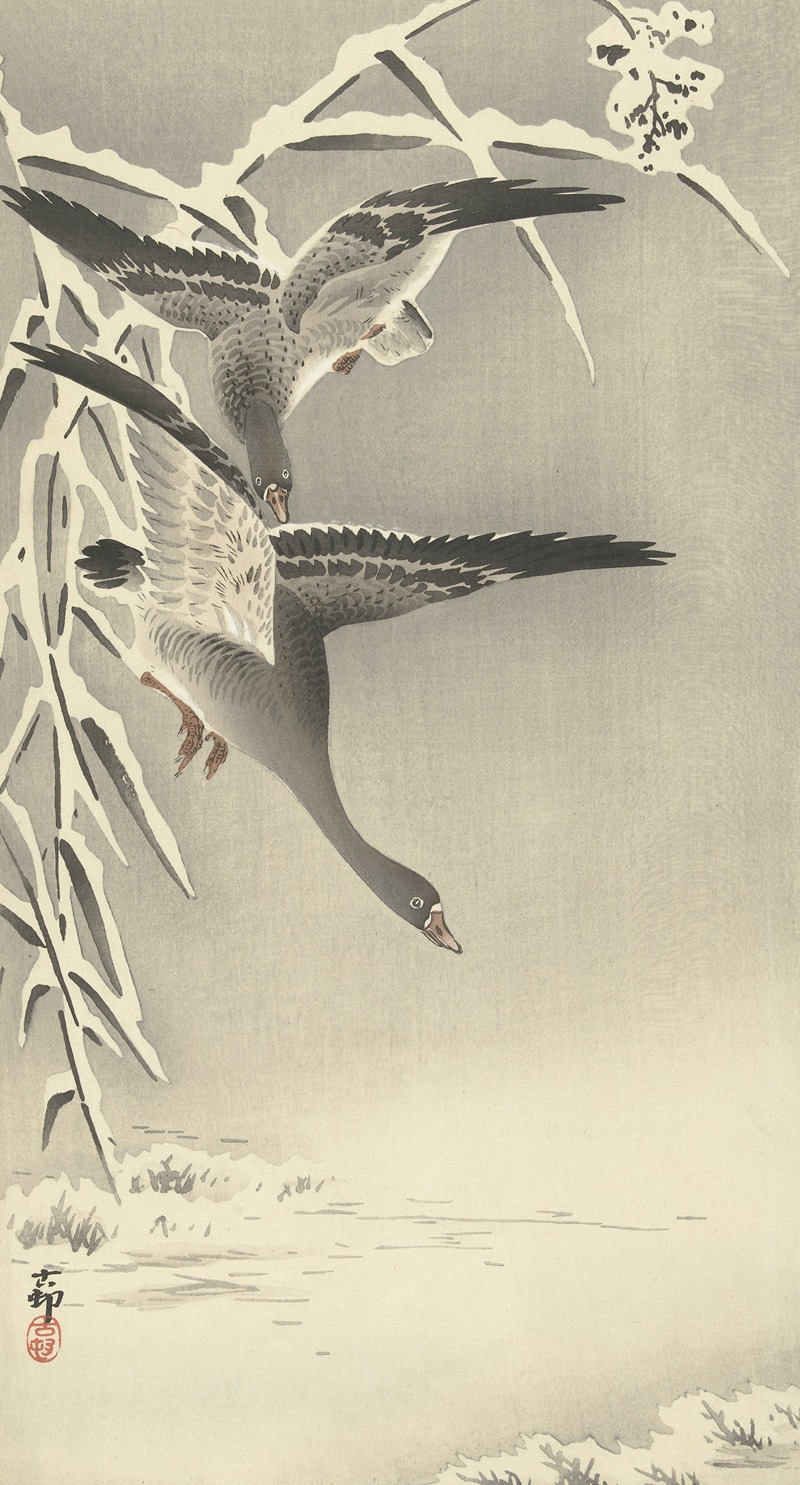
Two white-fronted geese in snowy landscape,
A hand-painted replica of Ohara Koson’s masterpiece Two white-fronted geese in snowy landscape,, meticulously crafted by professional artists to capture the true essence of the original. Each piece is created with museum-quality canvas and rare mineral pigments, carefully painted by experienced artists with delicate brushstrokes and rich, layered colors to perfectly recreate the texture of the original artwork. Unlike machine-printed reproductions, this hand-painted version brings the painting to life, infused with the artist’s emotions and skill in every stroke. Whether for personal collection or home decoration, it instantly elevates the artistic atmosphere of any space.
Ohara Koson was a prominent Japanese artist known for his exquisite woodblock prints, particularly those depicting birds and flowers, a genre known as kachō-e. Born in 1877 in Kanazawa, Japan, Koson was originally trained in the traditional painting style of Nihonga. He later became associated with the shin-hanga ("new prints") movement, which sought to revitalize traditional ukiyo-e art for a modern audience during the early 20th century. This movement was characterized by its collaboration between artists, carvers, printers, and publishers, and it aimed to appeal to both Japanese and Western collectors.
"Two White-Fronted Geese in Snowy Landscape" is one of Koson's notable works, showcasing his mastery in capturing the delicate beauty of nature. The print features two white-fronted geese, a species known for their distinctive white facial markings and migratory behavior. The geese are depicted in a serene, snowy landscape, which highlights Koson's ability to convey tranquility and the subtle nuances of the natural world. The composition is balanced and harmonious, with the geese positioned in a way that draws the viewer's eye across the scene.
Koson's work is characterized by its attention to detail and the use of soft, muted colors, which are evident in this print. The snowy background is rendered with delicate shades of white and gray, creating a sense of depth and atmosphere. The geese themselves are depicted with fine lines and careful shading, capturing the texture of their feathers and the grace of their movements. This attention to detail is a hallmark of Koson's style and reflects his training in Nihonga, which emphasized realism and precision.
The print is also notable for its use of negative space, a common feature in Japanese art that allows the viewer's imagination to fill in the gaps. The empty areas of the composition suggest the vastness of the snowy landscape and enhance the sense of isolation and quietude. This technique is effective in conveying the mood of the scene and is a testament to Koson's skill as an artist.
Koson's work gained popularity both in Japan and abroad, particularly in the United States and Europe, where there was a growing interest in Japanese art during the early 20th century. His prints were often sold through art dealers and exhibitions, and they remain highly sought after by collectors today. "Two White-Fronted Geese in Snowy Landscape" exemplifies the qualities that have made Koson's work enduringly popular: its beauty, craftsmanship, and ability to capture the essence of the natural world.
In summary, Ohara Koson's "Two White-Fronted Geese in Snowy Landscape" is a fine example of shin-hanga art, reflecting the artist's skill in depicting nature with elegance and precision. The print's serene composition, attention to detail, and effective use of negative space make it a standout piece in Koson's oeuvre and a testament to the enduring appeal of Japanese woodblock prints.





